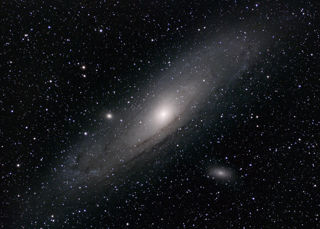
Seymchan Pallasite Meteorite 16.8g
Seymchan Pallasite Meteorite 16.8g
Seymchan was found in 1967 by geologist F.A. Mednikov in a dry river bed in the Magadan district of Russia, near the town of Seymchan. It was originally believed to be an iron meteorite, until an expedition in 2004 discovered new specimens which contained olivine crystals. This led to it being reclassified as a pallasite, which is a type of stony-iron meteorite. Out of the three main types of meteorite (stony, stony-iron, and iron), the stony-irons are by far the rarest. They account for only 2% of all known meteorites.Pallasites are composed of an iron-nickel matrix with silicate inclusions. Usually, the silicates are large olivine crystals with a translucent yellow-green appearance, making pallasites one of the most beautiful meteorites. When olivine crystals are of sufficient purity they are known as the gemstone peridot. With only about 300 pallasites out of more than 60,000 recognised meteorites, they are even rarer than diamonds - although not as valuable.
The formation of pallasites is a subject of debate among scientists. Pallasites come from differentiated asteroids, which are asteroids that have melted, allowing them to separate into a layered structure of core, mantle and crust. The established theory for many years was that pallasites originate at the boundary between the core and the mantle, where iron from the core was squeezed up into the olivine in the mantle. However, other scientist argue that there is evidence to suggest they were created by collisions between larger and smaller asteroids. Upon impact, molten iron from the core of the smaller asteroid was injected into the mantle of the larger body, creating the nickel-iron and olivine mixture of pallasites.
All images:
More information
Object number
H2016-39
Location
Handling Collection
Has this object been into space?
Yes
Dimension - Dimension, Value, Measurement unit
Weight: 16.8g
Length: 44mm
Width: 38mm
Height: 2mm
Material
Iron-Nickel Alloy (Meteoric Iron)
Silicate
Olivine
Materials & techniques note
Stony-Iron meteorite
Associated Organisation
Aerolite Meteorites
Associated Place
Russia
Magadan
On Display Status
Handling collection
Copyright and Photos
Photography is shared via the license below.
However, some objects on this website are on loan to the National Space Centre and are being shared through the permission of their owners.
Commercial use of images from this website is not allowed without additional permissions being granted. To request permission to use images for purposes not covered in the license below, please contact [email protected]
Individual objects on loan to the National Space Centre may have additional copyright permissions, so advice should always be sought before use.
![]()
This work is licensed under a Creative Commons Attribution-NonCommercial 4.0 International License.


